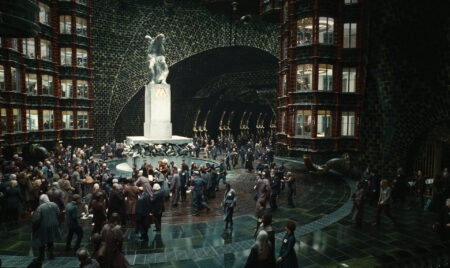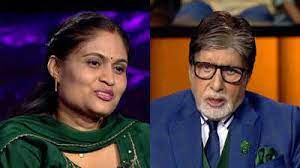Satyajit Ray is one of the greatest storytellers of India. His cinematic wonders and influences are not limited to India, and his movies like Pather Panchali are celebrated worldwide.
The film parallelly shows different stages of human lives filled with poverty, desires, and love. The film won the 1956 Cannes Special Jury Award as the ‘Best Human Document.’
His father, Sukumar Ray, was a prominent figure of Literature. But Ray didn’t begin his journey with cinema. He worked in an advertising agency and then in a publisher where he designed book covers before leaping into his extensive cinema career.
Ray founded the Calcutta Film Society in 1947. This society gave him a chance to screen movies and study them.
The film that impacted Ray the most was Bicycle Thieves (1948) by Vittorio De Sica. He met a French director, Jean Renoir, who encouraged him to make his long-awaited project Pather Panchali.
His Works
When Ray was shooting for Pather Panchali with amateur artists and a tight budget, little, did he know that he was making one of the most fantastic cinemas that would inspire millions in the future?
He made films and did most of the tasks related to filmmaking, such as scriptwriting, lyricist, music composer, set designer, etc.
In the literary field, he was an author of short stories and novels, where he created characters like Lalmohan Ganguly and Professor Shonku, an essayist and magazine editor. He was also an illustrator and calligrapher.
Ray directed 36 films in his lifetime. Some of the well-known films are Pather Panchali (1955), Jalsaghar (1958), Charulata (1964), and Ghore-Baire (1984).
His movies are the most extraordinary portrayal of Indian lives intertwining with pain and suffering. The actors in his movies are pretty natural about their expression even without any sophisticated make-up artist during those times.
Martin Scorsese said that the first film he watched about India was Pather Panchali which Indians made for the Indians. It profoundly affected him to realize and learn about cinema from the rest of the world.
He was connected with many renowned films such as Akira Kurosawa, Ingmar Bergman, Roman Polanski, etc.
Themes of Movies
He made movies in the Bengali language, which was one reason his films didn’t get exposure throughout the Indian subcontinent despite many film societies. According to Ray, most of the audience of India at that time were backward, and they were exposed to mainstream commercial Hindi cinema.
But despite these, he didn’t stop to do what he was best at. Once, he said he would keep making movies that he would find attentive and test his creativity.
Through his lenses, he captured corporate life, the Naxalites, famine, detective stories, conflicts within a family, freedom struggle, princely life in colonial India, pitfalls of modern civilization, satire, adventures, documentary films, and entertaining films for children.
The most common themes his films portrayed were society. In Ray’s films, we often encounter the then society of India. It was a time when poverty seemed the only story after we watched Pather Panchali.
An organization is made with humans, and the things we do, see and feel in it. Ray’s movie captured almost all the emotions a human can feel throughout his life.
Awards and Criticism
He has won 35 National Awards. After Charlie Chaplin, Ray was the second person to be awarded an honorary doctorate by Oxford University. Ray is the only Indian to be awarded an honorary Academy Award in 1992.
People criticized one of Ray’s movies, Devi, for attacking the Hindu religion, but according to Ray, the movie only attacked the religious dogmatism and not the religion.
Another criticism that he faced was that he sold the poverty of India to the west. In his film Ashani Sanket, based on the Great Bengal Famine, the camera focused on a butterfly in a scene of a dying girl.
He was criticized for being insensitive for showing human suffering. But according to Ray, the location meant that human suffering could not be equaled to the beauty of nature.
Contrast with Today’s Cinema
One of the most contrasting factors between Ray’s movie and Bollywood movies is the commercial success.
In today’s world, someone who is more interested in action, computer-generated effects, make-up, sophisticated sets are regarded as actual movie-goers other than those who watch films like Mahanagar, Aparajito, Sonar Kella, etc. For today’s people, a movie on society is boring.
The harsh truth is that we depend on commercial film so much that we absorb any story they feed us.
Conclusion
Satyajit Ray is no more, but his ideals are. Some filmmakers made movies inspired by him but remained forgotten because the movie perhaps was not suitable commercially.
It has become the duty of audiences to choose widely from the varieties of the movie releasing every other day. As an audience, it is our responsibility to mark the filmmaker that we are not ready to consume the light and action show that will mean nothing in the end.
If movies mirror society, then it is high time we clean our mirror because the reflections on the mirror are getting distorted.













